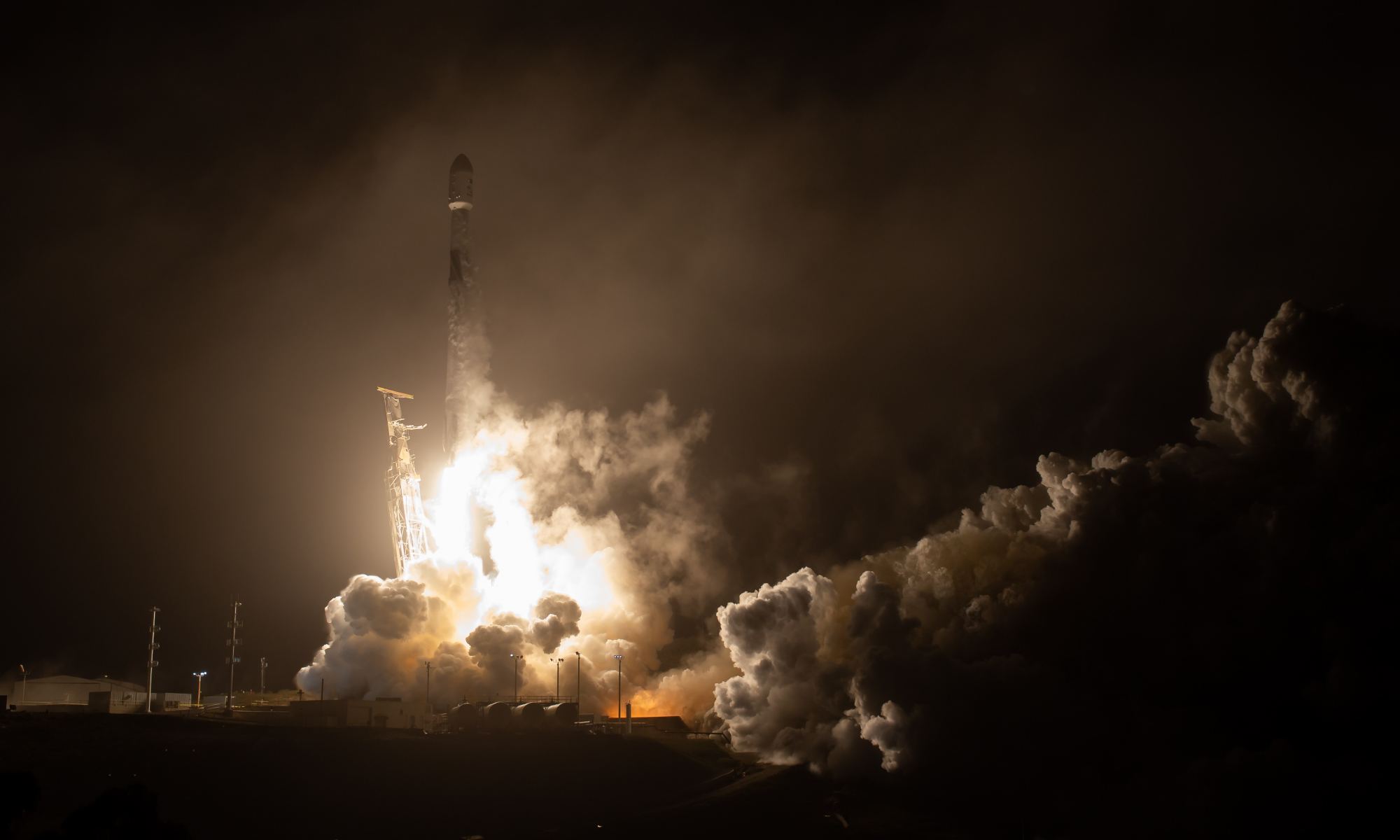In the early hours of the morning on Wednesday, Nov. 24th, NASA’s Double Asteroid Redirection Test (DART) launched from Space Launch Complex 4 East at Vandenberg Space Force Base (SFB) in California. This spacecraft is the world’s first full-scale mission to demonstrate technologies that could someday be used to defend our planet from Near-Earth Asteroids (NEAs) that could potentially collide with Earth.
Put simply, the DART mission is a kinetic impactor that will evaluate a proposed method for deflecting asteroids. Over the next ten months, the DART mission will autonomously navigate towards the target asteroid – the binary NEA (65803) Didymos – and intentionally collide with it. If everything goes according to plan, this will alter the asteroid’s motion so that ground-based telescopes can accurately measure any changes.
Continue reading “NASA Launches DART, to Learn how to Defend the Earth From a Future Asteroid Impact”


